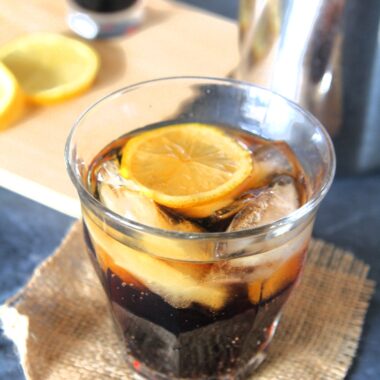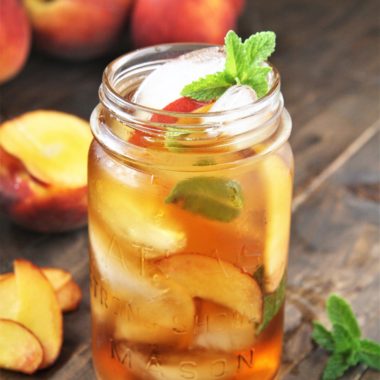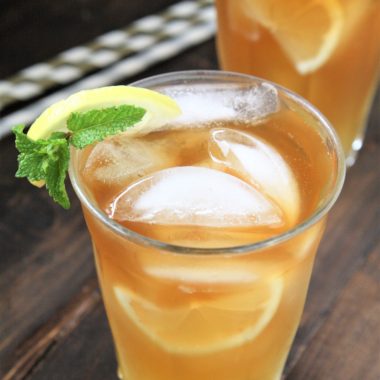Last Updated on May 28, 2014 by Karen
I have a weak spot for fruit preserves because they are so simple and straightforward to make. Once you learn the method, you can let your imagination go wild and experiment with different combinations of berries (raspberries, blackberries, blueberries). And the possibilities of uses are endless. You can slather a spoonful on toasted bread, serve it with pancakes, French toasts, and scones, and even stir it into plain Greek yogurt.

This recipe is a cinch- it requires no pectin and no canning. Jam-making, on the other hand, must be entered into without abandon or not at all. In my mind, anything that involves sterilized jars and funnel and tongs is a fairly long and laborious ordeal. I know jam-making is almost inevitable in my culinary journey; the results are absolutely well worth the effort. In the meantime, I’ll save it as a project for a cold, stormy weekend.
And have I mentioned? The apartment smell amazing while the strawberries are bubbling away gently on the stove!

Fresh Strawberry Preserves (Without Pectin)
(makes approximately two cups)
4 cups strawberries, hulled, sliced or quartered
½ cup sugar
2 tbsp lemon juice
Zest of one lemon
Place strawberries, sugar, lemon juice, and lemon zest in a stainless steel pot and bring to a boil over medium-high heat. Let boil gently until reduced and thickened, approximately ten minutes.
When the mixture is about ready, place a dollop on a small, frozen plate and return to the freezer. Remove the plate from the freezer after one minute and tilt the plate to see if the dollop of preserves holds its shape. If it is still runny, boil the mixture for a few more minutes and repeat the test.
When ready, pour into a jar and allow to cool to room temperature before covering and storing in the fridge for up to one month, or in the freezer for longer storage. It should have a thick, spreadable consistency after it cools.
*I like to use fresh berries for fruit preserves because frozen berries tend to release too much liquid when thawed. If berries are not in season and you opt for frozen ones, you can thaw the berries in a colander and drain out the liquid before cooking. Also, since you cannot cut the frozen berries into smaller pieces, you may want to puree the mixture in a food processor after it has been cooked and cooled to room temperature.



















